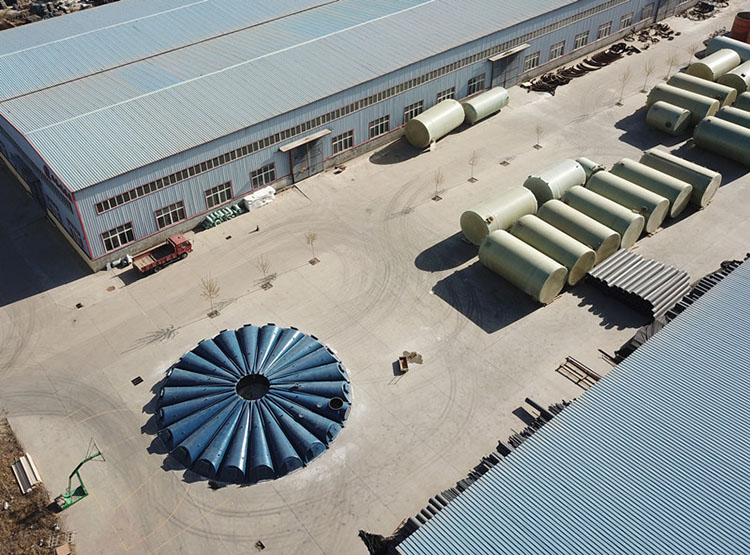
-
 Afrikaans
Afrikaans -
 Albanian
Albanian -
 Amharic
Amharic -
 Arabic
Arabic -
 Armenian
Armenian -
 Azerbaijani
Azerbaijani -
 Basque
Basque -
 Belarusian
Belarusian -
 Bengali
Bengali -
 Bosnian
Bosnian -
 Bulgarian
Bulgarian -
 Catalan
Catalan -
 Cebuano
Cebuano -
 China
China -
 China (Taiwan)
China (Taiwan) -
 Corsican
Corsican -
 Croatian
Croatian -
 Czech
Czech -
 Danish
Danish -
 Dutch
Dutch -
 English
English -
 Esperanto
Esperanto -
 Estonian
Estonian -
 Finnish
Finnish -
 French
French -
 Frisian
Frisian -
 Galician
Galician -
 Georgian
Georgian -
 German
German -
 Greek
Greek -
 Gujarati
Gujarati -
 Haitian Creole
Haitian Creole -
 hausa
hausa -
 hawaiian
hawaiian -
 Hebrew
Hebrew -
 Hindi
Hindi -
 Miao
Miao -
 Hungarian
Hungarian -
 Icelandic
Icelandic -
 igbo
igbo -
 Indonesian
Indonesian -
 irish
irish -
 Italian
Italian -
 Japanese
Japanese -
 Javanese
Javanese -
 Kannada
Kannada -
 kazakh
kazakh -
 Khmer
Khmer -
 Rwandese
Rwandese -
 Korean
Korean -
 Kurdish
Kurdish -
 Kyrgyz
Kyrgyz -
 Lao
Lao -
 Latin
Latin -
 Latvian
Latvian -
 Lithuanian
Lithuanian -
 Luxembourgish
Luxembourgish -
 Macedonian
Macedonian -
 Malgashi
Malgashi -
 Malay
Malay -
 Malayalam
Malayalam -
 Maltese
Maltese -
 Maori
Maori -
 Marathi
Marathi -
 Mongolian
Mongolian -
 Myanmar
Myanmar -
 Nepali
Nepali -
 Norwegian
Norwegian -
 Norwegian
Norwegian -
 Occitan
Occitan -
 Pashto
Pashto -
 Persian
Persian -
 Polish
Polish -
 Portuguese
Portuguese -
 Punjabi
Punjabi -
 Romanian
Romanian -
 Russian
Russian -
 Samoan
Samoan -
 Scottish Gaelic
Scottish Gaelic -
 Serbian
Serbian -
 Sesotho
Sesotho -
 Shona
Shona -
 Sindhi
Sindhi -
 Sinhala
Sinhala -
 Slovak
Slovak -
 Slovenian
Slovenian -
 Somali
Somali -
 Spanish
Spanish -
 Sundanese
Sundanese -
 Swahili
Swahili -
 Swedish
Swedish -
 Tagalog
Tagalog -
 Tajik
Tajik -
 Tamil
Tamil -
 Tatar
Tatar -
 Telugu
Telugu -
 Thai
Thai -
 Turkish
Turkish -
 Turkmen
Turkmen -
 Ukrainian
Ukrainian -
 Urdu
Urdu -
 Uighur
Uighur -
 Uzbek
Uzbek -
 Vietnamese
Vietnamese -
 Welsh
Welsh -
 Bantu
Bantu -
 Yiddish
Yiddish -
 Yoruba
Yoruba -
 Zulu
Zulu
Fiberglass Pipe Components for Reliable and Durable Plumbing Solutions
Understanding Fiberglass Pipe Fittings A Comprehensive Overview
Fiberglass pipe fittings are essential components in various industrial and commercial applications, known for their durability, lightweight properties, and resistance to corrosion. As industries continue to adopt advanced materials, fiberglass has emerged as a viable alternative to traditional materials like metal and PVC. This article delves into the significance, benefits, and applications of fiberglass pipe fittings.
Fiberglass, a composite material made from fine glass fibers, is known for its exceptional strength-to-weight ratio. When used to manufacture pipe fittings, it offers several advantages, including resistance to harsh chemicals, UV radiation, and extreme temperatures. These properties make fiberglass pipe fittings particularly valuable in environments where traditional materials would degrade or fail.
One of the primary benefits of fiberglass pipe fittings is their corrosion resistance. Unlike metal fittings, which can rust and corrode when exposed to water and chemicals, fiberglass provides a longer lifespan and reduced maintenance costs. This feature is particularly important in industries such as wastewater management, chemical processing, and oil and gas, where exposure to corrosive substances is commonplace.
Another significant benefit of fiberglass fittings is their lightweight nature. This property simplifies transportation and installation processes, reducing overall labor costs. Workers can handle fiberglass fittings with ease, which minimizes the risk of injury and accelerates project timelines. Additionally, the lower weight means that less structural support is required, leading to further cost savings in installation.
fiberglass pipe fittings

Moreover, fiberglass pipe fittings are highly customizable. Manufacturers can produce fittings in various shapes, sizes, and configurations to meet specific application requirements. This customization capability ensures that engineers and designers can choose the right fittings for their piping systems, enhancing overall efficiency and functionality.
Fiberglass fittings also excel in terms of thermal insulation. This property helps maintain temperature control within piping systems, which is particularly beneficial in applications like HVAC systems and chemical processing, where temperature fluctuations can affect system performance. The insulation benefits contribute to energy savings and improved system integrity.
Despite the numerous advantages, it is essential to consider installation guidelines when working with fiberglass fittings. Proper handling and installation techniques are crucial to ensure that the fittings perform as expected over time. Engaging experienced professionals familiar with fiberglass materials can further enhance performance and reliability.
In conclusion, fiberglass pipe fittings are a modern solution for various industrial applications, offering unmatched durability, corrosion resistance, and lightweight attributes. Their versatility and customization options make them suitable for a wide range of environments. As industries continue to evolve, the adoption of fiberglass pipe fittings will likely increase, paving the way for more efficient and sustainable operations. Whether in construction, water management, or chemical processing, fiberglass fittings represent a significant advancement in piping technology.
Latest news
-
Exploring the Benefits of Top Hammer Drifter Rods for Enhanced Drilling PerformanceNewsJun.10,2025
-
High-Precision Fiberglass Winding Machine for GRP/FRP Pipe Production – Reliable & Efficient SolutionsNewsJun.10,2025
-
FRP Pipes & Fittings for Shipbuilding - Corrosion-Resistant & LightweightNewsJun.09,2025
-
Premium FRP Flooring Solutions Durable & Slip-ResistantNewsJun.09,2025
-
Premium Fiberglass Rectangular Tanks Durable & Lightweight SolutionNewsJun.09,2025
-
Tapered Drill String Design Guide Durable Performance & UsesNewsJun.09,2025









